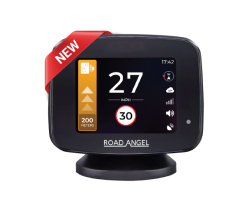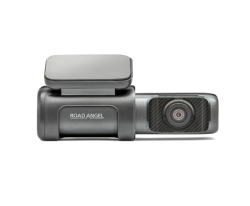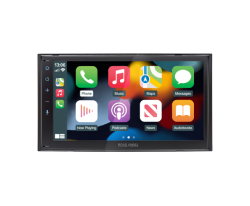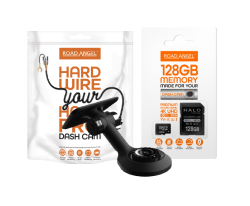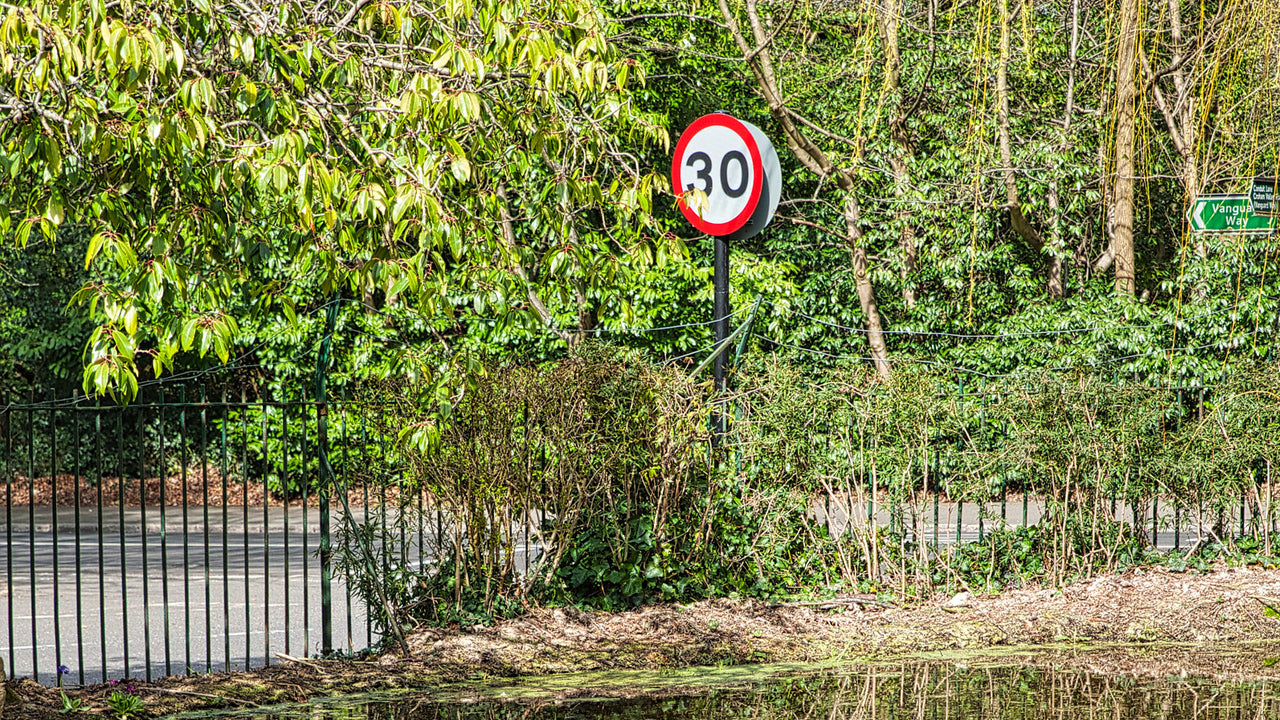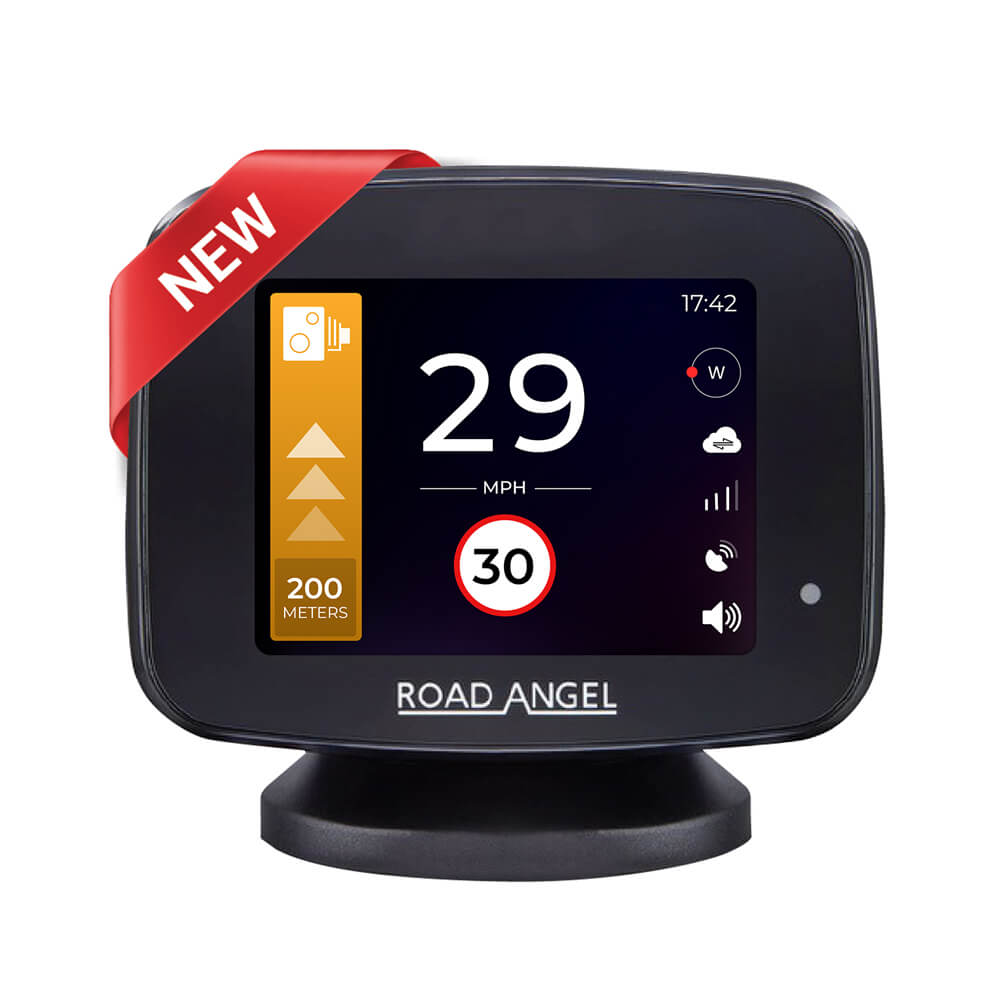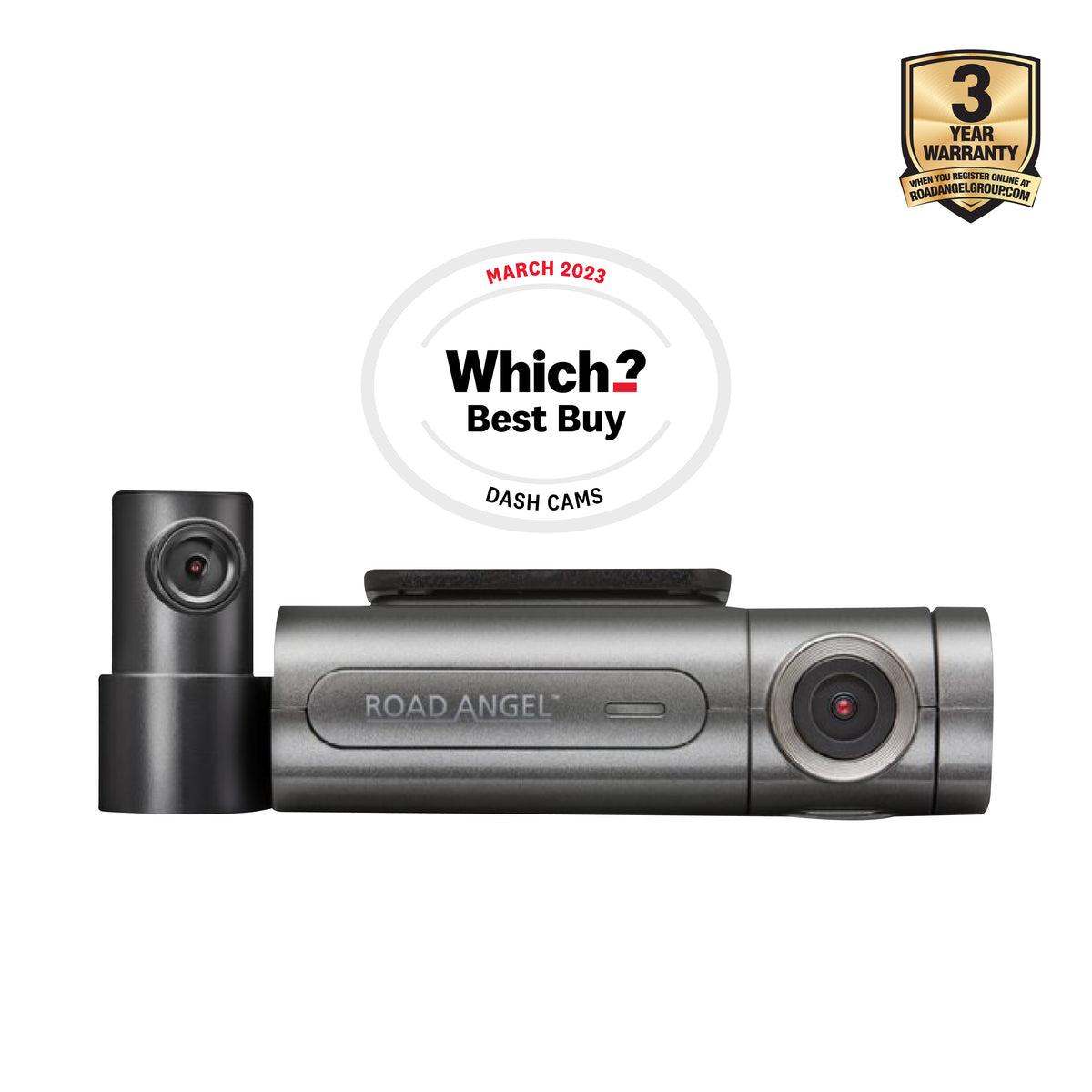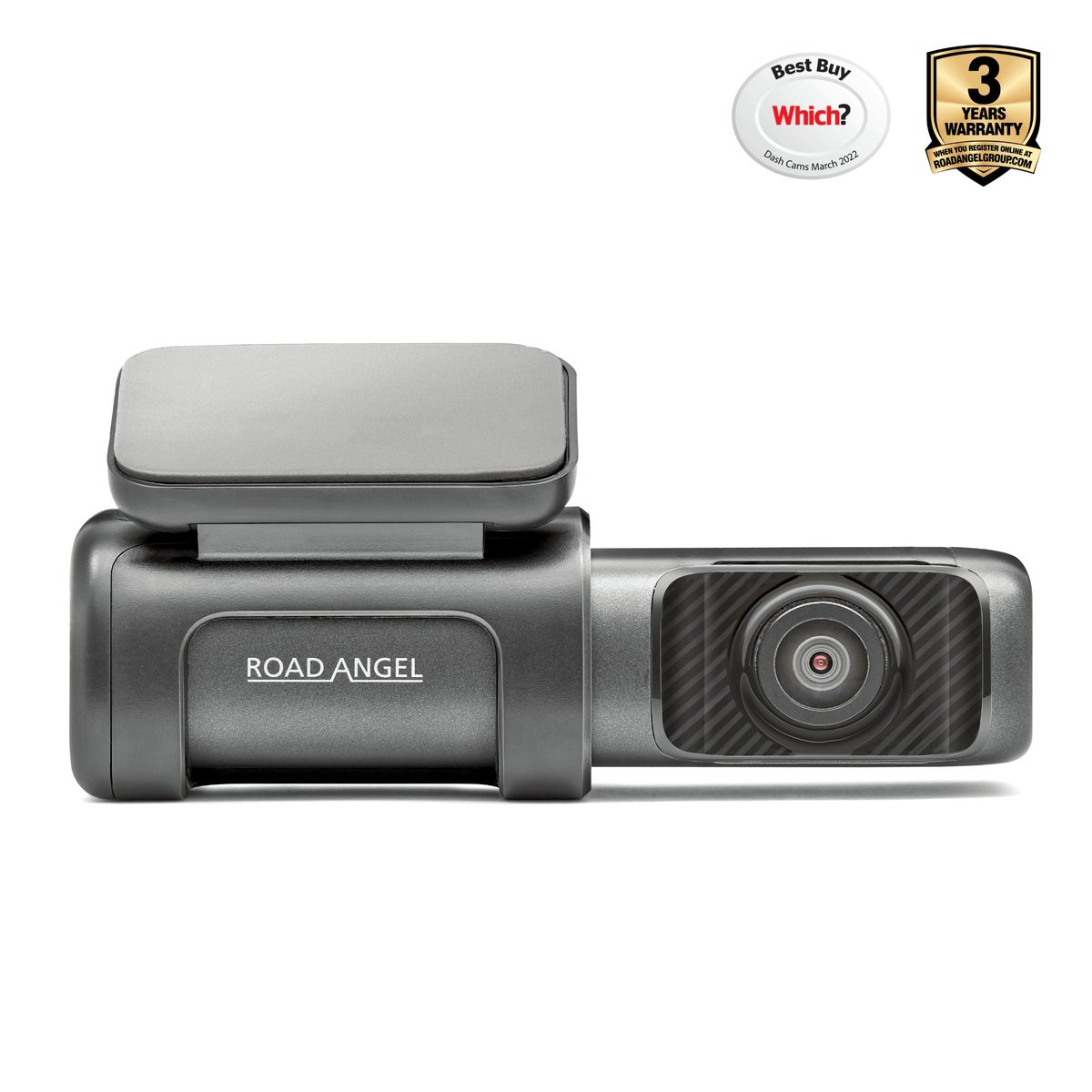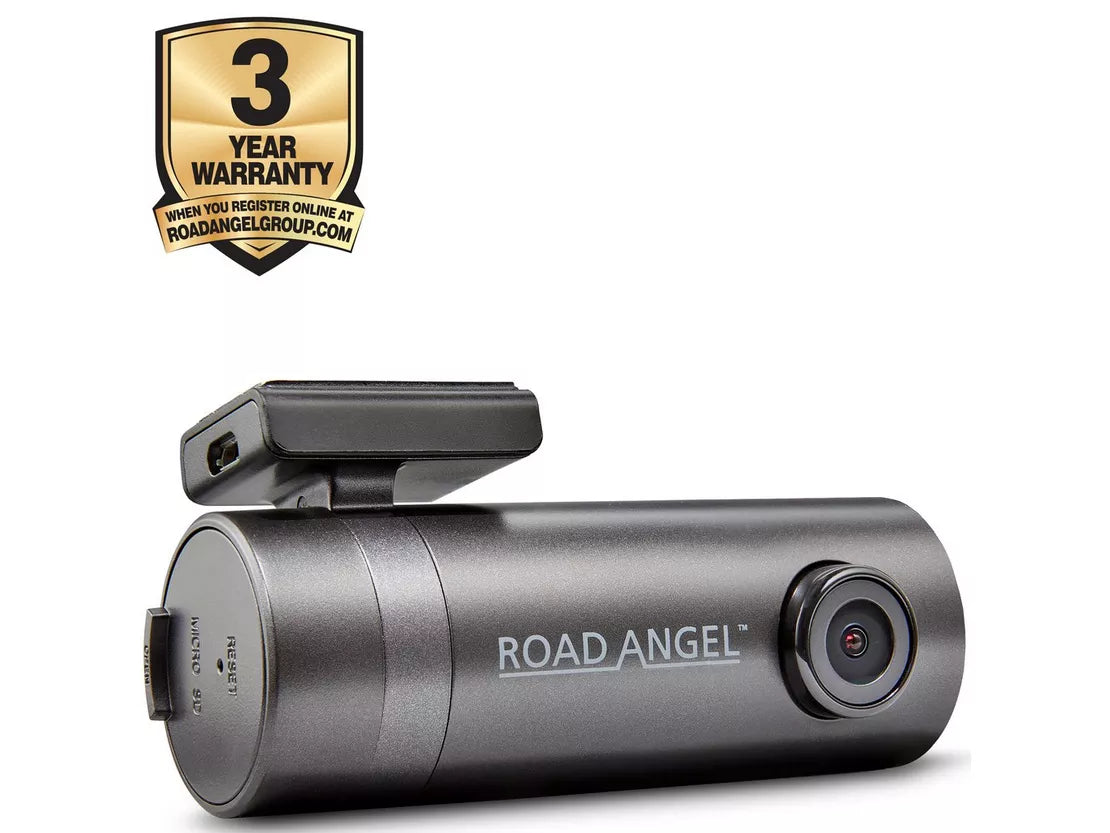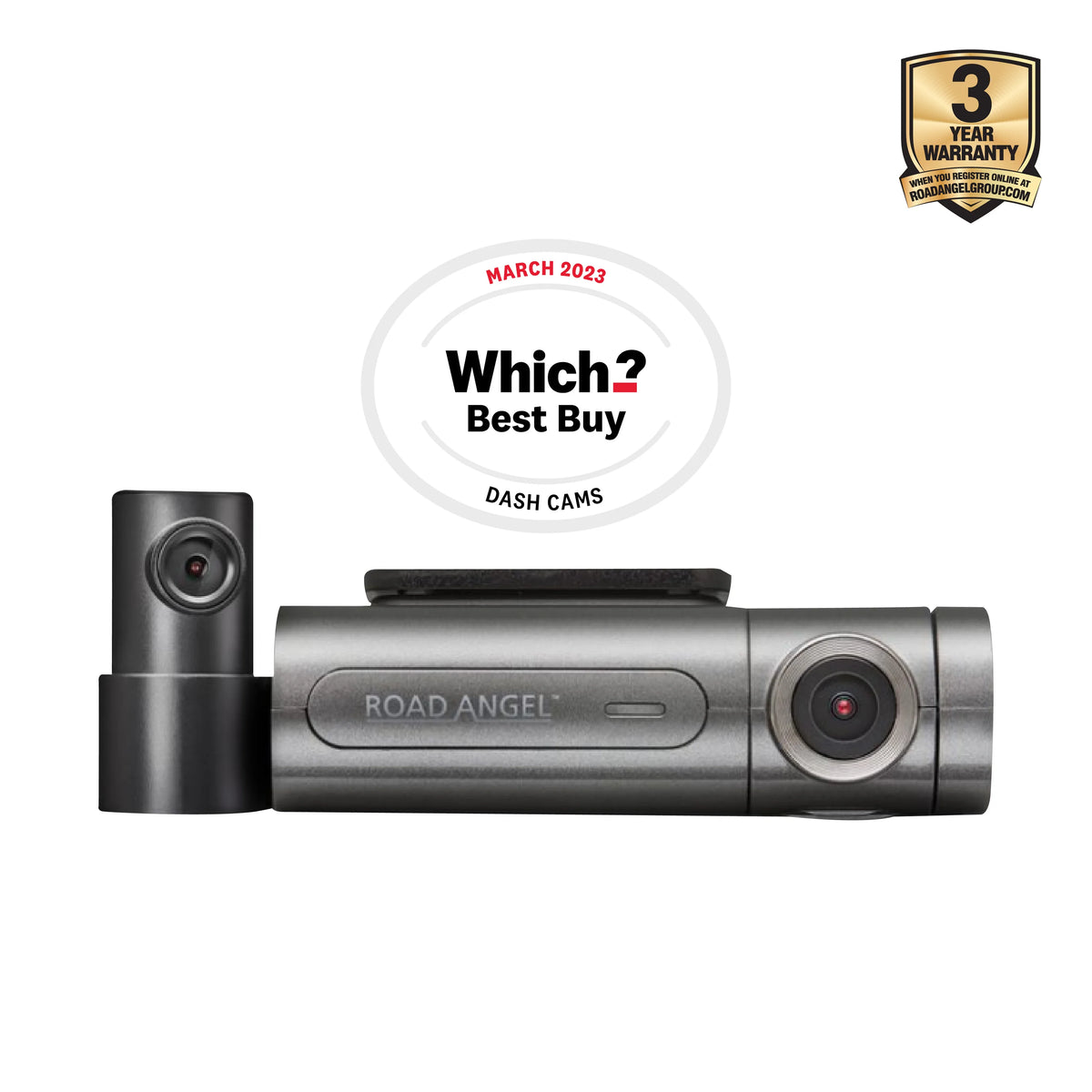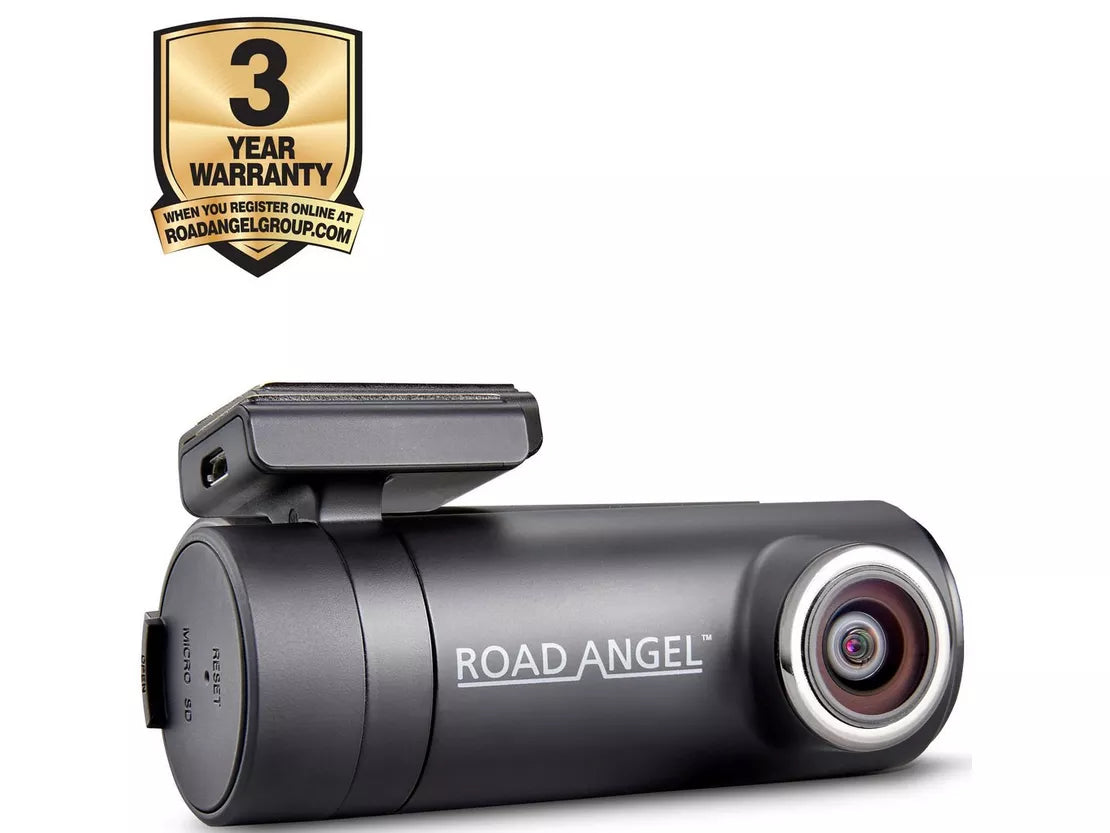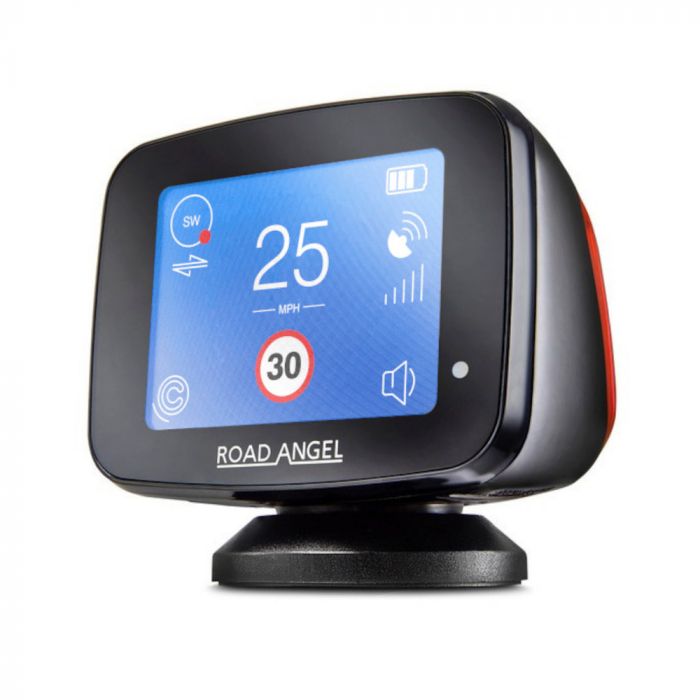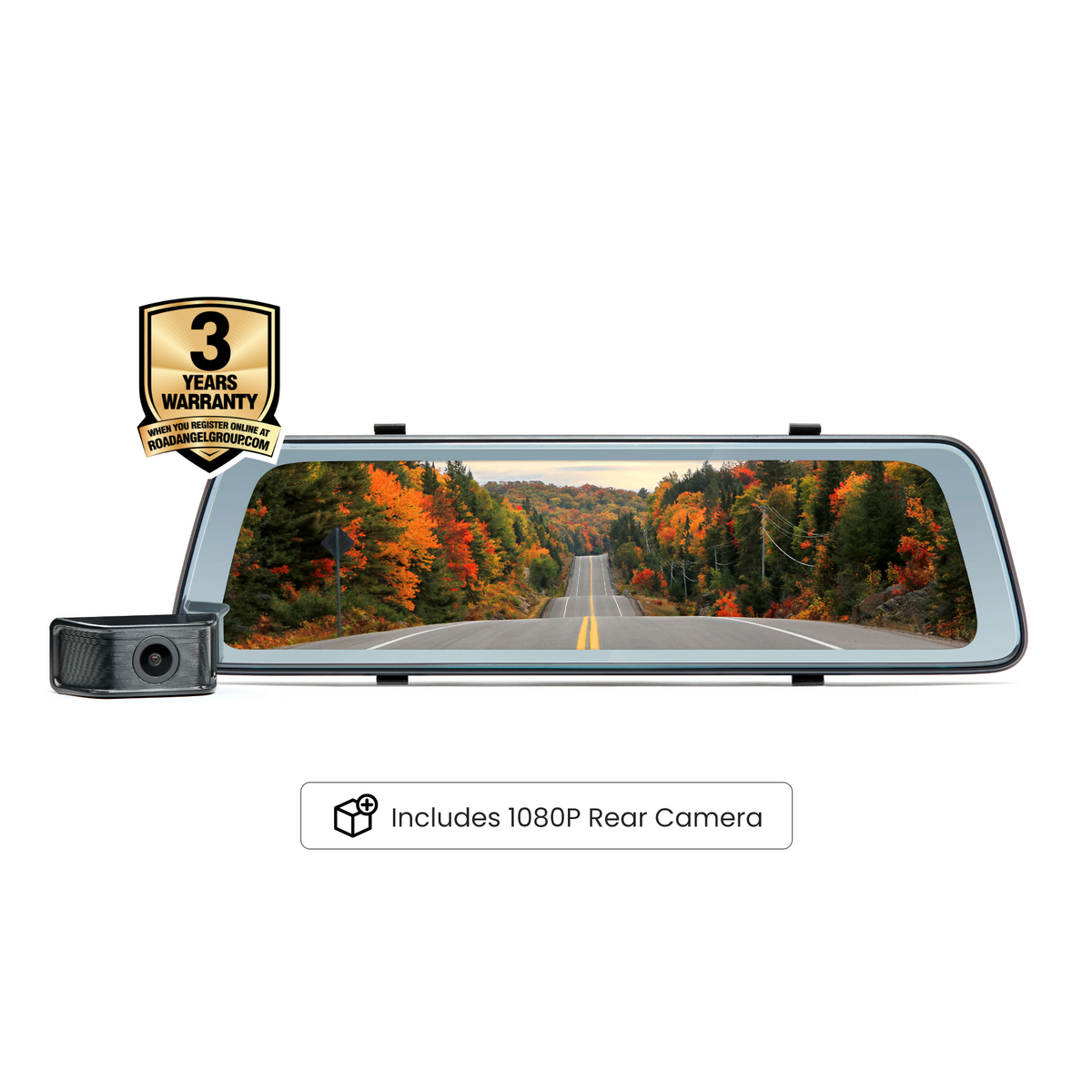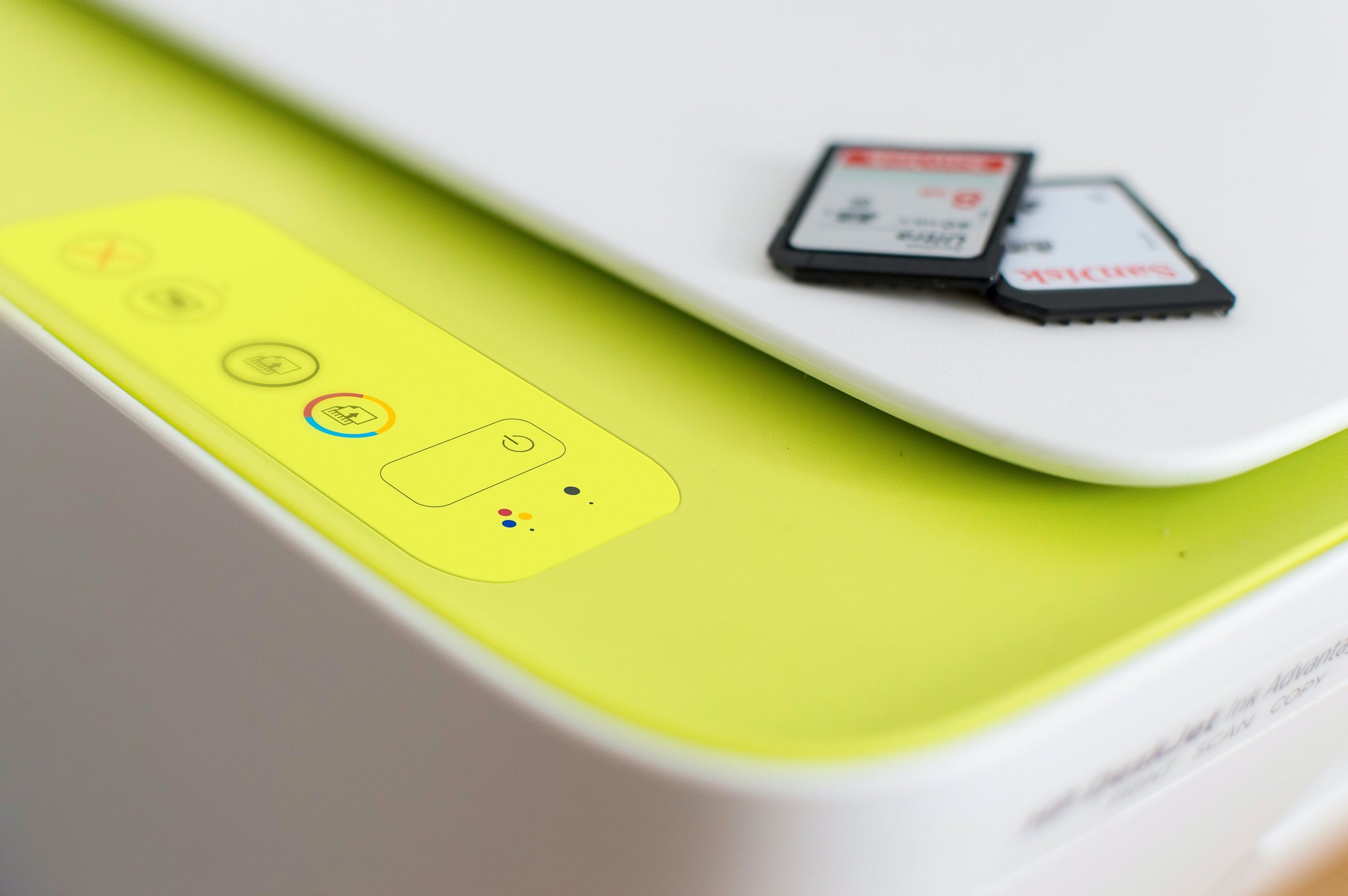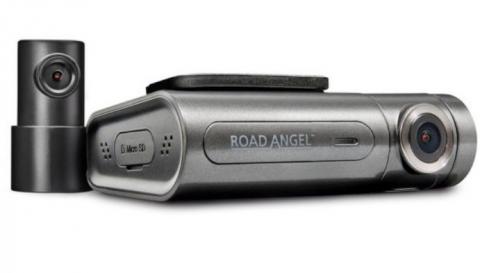Mobile Speed Camera Vans seem to be everywhere these days, but have you ever found yourself driving along a busy road, possibly a historical hotspot for serial speedsters, only to spot a mobile speed camera van conveniently parked by the side of the road, equipped with speed cameras and radar guns?
Well then the chances are, you've come across one of the many sneaky mobile speed camera vans the Police enforces to catch speeding drivers. But how do these vehicles operate, and what should you be aware of to ensure you stay on the right side of the law? Well, we’re here to explain everything about how mobile speed camera vans work.
In this article, we will delve into the world of mobile speed camera vans and provide you with a comprehensive understanding of their functionality - from their working principles to their operational characteristics, we aim to demystify these inconspicuous enforcers of traffic law.
How do mobile speed camera vans work?
The Police use laser and radar guns to clock the speed and capture images of unscrupulous drivers. On straight stretches of road, they will usually be able to catch you within a range of up to 1 mile. Mobile speed cameras work differently to average speed cameras. Unlike the latter, they don’t measure your average speed between two fixed points. Instead, they capture your exact speed as you pass and at any point within the laser’s range.
Most mobile speed camera vans operate from stationary positions, but beware - the Police occasionally work the cameras on the move, and you can easily be caught this way.
What are the differences between mobile speed cameras and average speed cameras?
Mobile speed cameras and average speed cameras differ in their operational mechanisms, speed measurement methods, range and coverage, as well as visibility and deterrence. Mobile speed cameras are typically housed in mobile speed camera vans, commonly used by the Police, capturing the exact speed of individual vehicles as they pass by using laser or radar technology. They can operate from stationary positions or while in motion, covering a range of up to one mile.
On the other hand, average speed cameras are fixed installations that calculate a vehicle's average speed by comparing the time it takes to travel between two camera points. They are more visible along the road, predominantly signposted and encourage compliance with speed limits over a defined section. Understanding these distinctions can enhance drivers' understanding of these enforcement systems and promote safer road practices - typically resulting in less road traffic collisions and accidents.
How accurate are mobile speed camera vans in measuring vehicle speed?
Mobile speed camera vans are to be considered as highly accurate in measuring vehicle speed. Equipped with advanced laser or radar technology, they provide precise speed readings that are regularly calibrated and verified by law enforcement authorities.
Although factors like weather conditions and distance may have a slight impact, trained personnel operate these mobile speed camera vans following protocols to ensure accurate speed detection.
In case of any concerns, you have the right to inquire about calibration and accuracy. Overall, mobile speed camera vans are reliable tools for enforcing speed limits and promoting road safety.
Do mobile speed camera vans operate at all times of the day?
At any time, for a maximum of 90 minutes. There is no specific time restriction for their operation, contrary to what you might think. Mobile speed camera vans operate morning, noon and night, so it’s best to always stay within the speed limit. Don’t assume you’ll get away with speeding under the cover of night.
Can mobile speed camera vans capture speeding violations from both directions of travel?
Yes, mobile speed camera vans are designed to cover both lanes of traffic. Regardless of the direction you are traveling or the orientation of the van, if you exceed the speed limit, you are at risk of being caught by the camera – break the speed limit and you can expect to face the consequences.
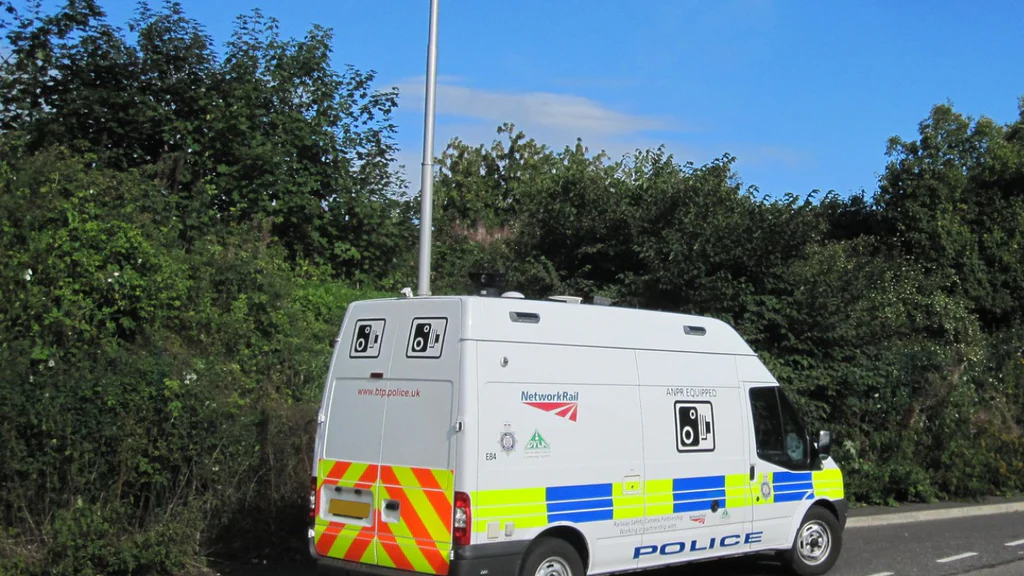
Do mobile speed camera vans flash?
Mobile speed cameras, including those in vans, do not typically use a visible flash when capturing images of speeding vehicles. Unlike traditional red light cameras or some fixed speed cameras that may use a visible flash, mobile speed cameras are often designed to capture images without alerting drivers through a visible flash.
Instead, they utilise specialised sensors or infrared technology to capture images in various lighting conditions without drawing attention to the camera operation. This discreet approach helps to ensure that drivers remain unaware of being monitored and encourages more accurate results in detecting speeding violations.
Does a mobile speed camera van's window (or "flap") have to be open?
In the United Kingdom, mobile speed camera vans typically have their windows open during operation. This is because the speed measurement devices used in these vans, such as radar or laser-based systems, often require a clear line of sight between the speed camera and the targeted vehicle.
Having the windows open allows for better accuracy in capturing the necessary data, including the vehicle's speed and number plate, while minimising any potential interference or reflections that closed windows could cause.
However, it's important to note that laws and regulations can evolve, and there may be exceptions or variations depending on the specific circumstances or advancements in technology. It's always advisable to refer to the guidelines provided by the local law enforcement agency or traffic authorities for the most accurate and up-to-date information regarding mobile speed camera van operations in the UK - but the short answer is they are not required to be open.
Are mobile speed camera vans always visible to drivers?
The idea that the mobile speed camera vans must be 100 percent visible always can also be filed away into the mythical category. The Police are perfectly within their rights to conceal a mobile speed camera van from view, and they frequently do, regardless of direction of travel.
Can the Police use Unmarked Mobile Speed Camera Vans?
Yes, the Police in the UK can use unmarked mobile speed camera vans. They are equipped with all the usual speed detection technology that are in normal mobile speed camera vans and are used to enforce speed limits and detect speeding motorists just like ordinary mobile speed camera vans.
The purpose of using unmarked mobile speed camera vans is to catch drivers who may be more likely to speed when they see a marked Police car or a visible speed camera. By using unmarked vehicles, the Police can effectively monitor and enforce speed limits without being easily recognisable. This helps in detecting and deterring speeding violations and promoting road safety.
It's worth noting that the use of unmarked speed camera vans may vary between different Police forces in the UK, as enforcement strategies can differ. However, the deployment of unmarked mobile speed camera vans is a common practice used by many Police forces across the country.
Do mobile speed camera vans only capture the rear of vehicles?
No, mobile speed camera vans do not exclusively capture the rear of vehicles. They are designed to capture both the front and rear of vehicles as they pass by. These mobile speed camera vans are equipped with cameras positioned to capture images of the entire vehicle, including the number plate and the make of the vehicle, sometimes capturing the driver in frame also.
This comprehensive approach allows law enforcement authorities to accurately identify and document speeding violations from various angles. So, whether you're approaching or driving away from a mobile speed camera van, it has the capability to capture the necessary information for law enforcement purposes.
Can mobile speed camera vans capture speeding violations in poor weather conditions?
Poor weather conditions can impact the performance of mobile speed camera vans, particularly those that use laser technology. Heavy rain, fog, snow, or extreme temperatures can affect visibility and accuracy of speed readings. Laser beams can scatter or be obstructed, hindering accurate measurements.
Additionally, wind can cause the van to shake, potentially affecting stability. Trained personnel consider the weather conditions and may adjust speed monitoring operations accordingly. In adverse weather, enforcement agencies may suspend or modify mobile speed camera van usage to ensure fairness and reliability in speed enforcement.
Remember, bad weather conditions will impact your handling capabilities on the road, including the time taken to stop when braking.
Are there specific locations where mobile speed camera vans are commonly deployed?
Mobile speed camera vans are commonly deployed in specific locations to target areas known for higher instances of speeding violations and accident-prone spots. They can be found on highways, motorways, urban areas, and near schools or residential zones with lower speed limits to ensure compliance and enhance safety.
Additionally, mobile speed camera vans are frequently positioned in construction zones to enforce reduced speed limits and protect road workers. They may also be deployed in areas with a high occurrence of red-light violations. The specific deployment locations are determined based on local traffic enforcement policies, historical data on speeding violations, and community safety priorities, all aimed at promoting safer driving habits and reducing accidents.
Can mobile speed camera vans detect speeding motorcycles or bicycles?
Of course, mobile speed camera vans can detect and capture the speed of motorcycles and bicycles, just like they do with other vehicles. The technology used in mobile speed camera vans, such as laser or radar guns, is designed to detect the speed of any moving object within its range, regardless of the type of vehicle.
This means that motorcycles, bikes, cars, vans, lorries and any other vehicle can all be detected and have their speeds measured by mobile speed camera vans. It's important for all road users, including motorcyclists and cyclists, to adhere to the speed limits and traffic regulations to ensure their safety and avoid potential penalties from speed enforcement systems like mobile speed camera vans.
What happens if I receive a speeding ticket from a mobile speed camera van?
If you receive a speeding ticket from a mobile speed camera van in the UK, the process typically involves the following steps:
- Notice of Intended Prosecution (NIP): You will receive a Notice of Intended Prosecution (NIP) within 14 days of the alleged offense. The NIP will be sent to the registered keeper of the vehicle, which may or may not be the actual driver at the time of the offense.
- Section 172 Notice: Along with the NIP, you will receive a Section 172 Notice, which requires you to provide information about the driver of the vehicle at the time of the offense. You must respond to this notice within the specified timeframe, usually 28 days, providing the necessary details or stating who was driving the vehicle.
- Penalty or Court Summons: Based on the information provided, the authorities will determine whether to issue a penalty or summon you to court. If you accept the penalty, you may receive a fixed penalty notice (FPN) which includes a fine and penalty points on your driving license. If the case proceeds to court, you will receive a court summons, and the decision will be made by a magistrate or judge.
- Penalty Points and Fine: If you accept the penalty or are found guilty in court, you will typically receive penalty points on your driving license, which can lead to license suspension if you accumulate too many points. The number of penalty points will depend on the severity of the speeding offense. Additionally, you will be required to pay a fine determined by the court.
- Options for Contesting: If you believe there are grounds to contest the speeding ticket, such as issues with the evidence or the accuracy of the speed measurement, you can seek legal advice to explore your options for challenging the ticket in court.
It's important to note that the specific process may vary slightly depending on the jurisdiction within the UK, and it is advisable to carefully review the information provided with the NIP and seek legal advice if necessary.
Stay safe and stick to the rules!
Whilst it’s not a nice thing to receive a speeding ticket, the whole thing boils down to you, ultimately.
If you stick to the speed limit, ensure you practice safe driving and stick to the rules, then these pesky mobile speed camera vans won’t be taking your mugshot anytime soon, but in the meantime, our Road Angel Pure range of products warn you about speed traps and speed cameras and help you keep an eye on your speed.
Explore our range of speed camera detection products today!



